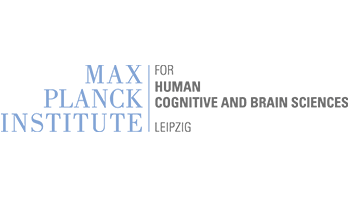Nickl RC, Eldebakey H, Grossmann JA, Roothans J, Navrátil P, Isaias IU, Lange F, Fricke P, Capetian P, Matthies C, Volkmann J, Reich MM.
Parkinsonism Relat Disord. 2025 Jul;136:107871. doi: 10.1016/j.parkreldis.2025.107871. PMID: 40408848.
Abstract
Introduction: Gait disturbances causing impaired mobility are common in Parkinson’s disease after bilateral deep brain stimulation of the subthalamic nucleus. We describe subthalamic subregions where neurostimulation had a positive effect on gait or provoked gait disturbances.
Methods: 98 patients were classified according to changes in MDS-UPDRS III gait items: gait improvement (≥1-point improvement in items 3.10 and/or 3.11), gait deterioration (≥1-point worsening, confirmed by repeated clinical documentation), or no change. We performed a segregation analysis for (1) and (3) by simulating volumes of tissue activated and comparing aggregated spatial data and calculated probability maps to forecast gait performance and the parkinsonism control.
Results: 42 patients experienced improvement of presurgical gait problems after stimulation. Seven patients showed gait deteriorations one-year post-implantation. Active contacts were more ventrally located for gait deterioration versus gait improvement. Voxel-wise probabilistic mapping of gait changes in the subthalamic area were able to forecast patient specific gait performance based on individual stimulation volume (LOOCV R2 = 0.45; p < 0.01) but was not associated with long-term parkinsonism control. Whereas a probabilistic map trained on MDS-UPDRS-III changes was predictive for clinical improvement in parkinsonism (R2 = 0.18; p < 0.01).
Discussion: Probabilistic mapping showed a strong correlation with therapy outcomes, especially gait improvement, and provided predictive value at the individual level. While the concept of sweet- or sourspots was insufficient to explain individual variability, the heatmap-based approach allowed symptom-specific topographies to be identified. Our findings support the use of probabilistic mapping as a valuable tool to guide individualized reprogramming strategies for improving mobility in Parkinson’s disease.










